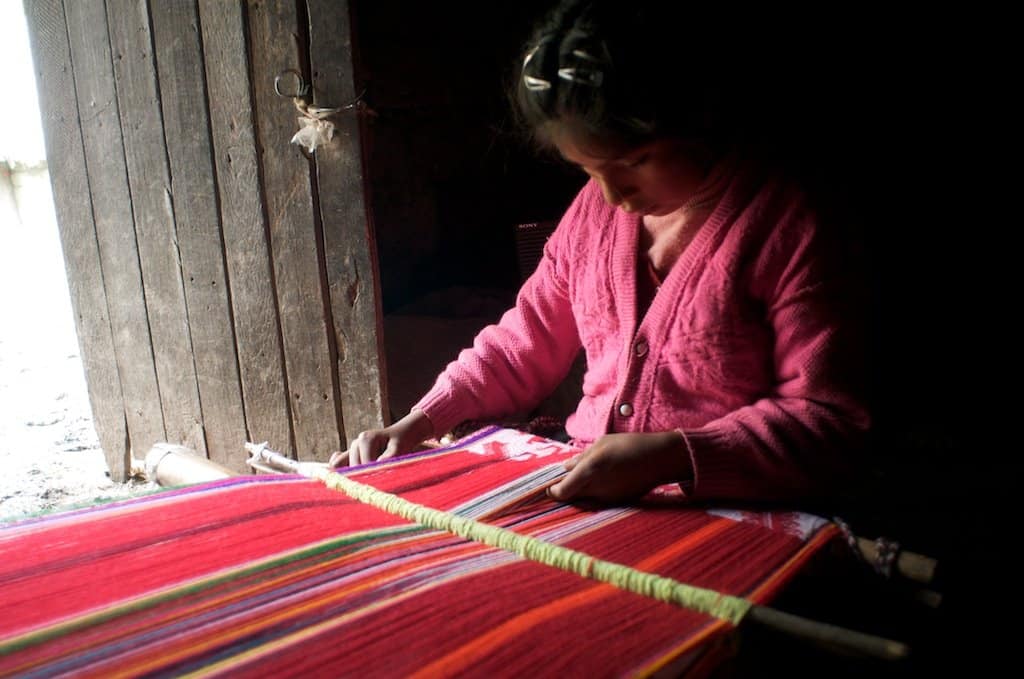
Once a week or so, I will try to weave some of the discussion threads from the past week together. There are many interesting ideas in posts that any of us may not have time to respond to in real time, but may be working in the back of our minds somewhere.
Here’s an attempt for the past couple of weeks:
There is the minimalist, timber-only, view of planning – Andy’s KISS approach, which keeps us legal with NFMA. This seems pretty well developed.
Then we have some consensus around something like an “adaptive governance” .
ADAPTIVE GOVERNANCE
On some timeframe, at some appropriate spatial scale (a forest or subsection of forest or Forest/BLM combination ?), a collaborative group (FACA committee?) would involve the public in discussions of “what’s working now and what needs to change”, determine some ideas for change and learning questions, prioritize some activities to learn about and test ideas for change, monitor, and have a formal, transparent, public process (annually?) for checking on goals and adaptive changes. Climate change would be incorporated as included in scenarios this group would consider. It’s more about public deliberation, and learning from the land in real time, than analysis. As Dave said here
“You can only hope to accomplish anything when you are able to define the scope the problem (time, space, issues, etc.) into “decision containers” that people (stakeholders, administrators, etc) can get their minds around. It seems that traditional “forest plan” containers are hopelessly over-filled when land management zoning, land management goals and objectives, program goals and objectives, and related “standards and guidelines” are all in play — and “in play” in a spatial container that isn’t really relevant to many of the objectives at hand.”
So this idea is adaptive governance for a spatial scale appropriate to the problem at hand, which would make decisions within decision space bounded by environmental law.
ENVIRONMENTAL LAWS: In addition, there is a fundamental legal framework of environmental laws that translate into standards (BMPs, species-wide standards such as grizzly) and serve as restrictions on activities, as well as ideas for improvements to help species recovery (sometimes it is about doing things, in addition to “not doing” things) that can both feed into Adaptive Governance (AG).
MONITORING: There should also be some fundamental framework of monitoring for key elements of environmental quality, such air, water and some, but not all. species, that crosses ownership boundaries and also provides some useful information to the regulatory processes. In addition to this basic monitoring, AG groups could add other monitoring related to their questions and learning objectives at hand.
NEPA : NEPA would be done for each project or at the appropriate scale for larger scale issues (power lines, oil and gas leasing, travel management, species protection). Cumulative effects would be done “just in time” as what is “reasonably foreseeable” one year may be substantially different in three to five (for example, industry is interested/is not/is in certain energy deposits, species are reintroduced or move in on their own or become threatened, bark beetles, big fires and their aftermath, roadless rules, etc.) This is the NEPA equivalent of what Dave articulates here .
“Peter Drucker used to write about the “futurity of current decisions”, that is to look at that will emanate from each decision, as it relates to all other decisions. But to act in as close to “real time” as possible, and adjust policy and program and all else to accommodate emergent realities. I call this “just in time decision-making” or “once and forever decision-making.”
(Dave, did you mean “in contrast to” “once and forever decision-making?”)
There does seem to be some dichotomy among us on the utility of predictions at the “forest plan level.” And differences in the view that somehow broader scale- say, landscape scale- NEPA will both be better and remain fresh while the projects are carried out. This may be where Martin is with his contingency/adaptive NEPA, or maybe that’s just for long term projects such as grazing.
Ray Vaughan expresses a need for something strategic at a broader level in this post, but whether it needs to be NEPA or not is another question, in my view. The idea being that we think ahead strategically so that we don’t end up in some kind of corner by focusing on a project at a time. But to me, that’s a discussion with the public about strategy about what “might could” happen under a variety of scenarios, and not an explicit NEPA analysis of alternatives.
I liked Ray Vaughan’s analogy that he discusses in the same post, but the family in the analogy doesn’t have to spend a significant part of this year’s budget on a formalized, legally defensible, construct of different alternatives to reach its goal, given that perhaps it doesn’t know a)how many children will arrive, b) their family income, nor c) costs of education, that far in the future.
So does my weaving resemble yours? Tell us about what yours looks like.



